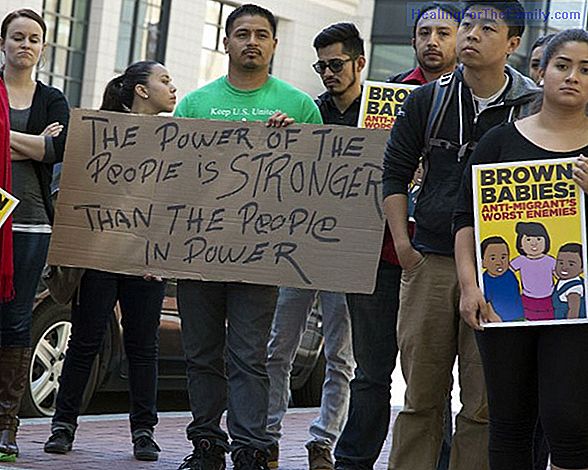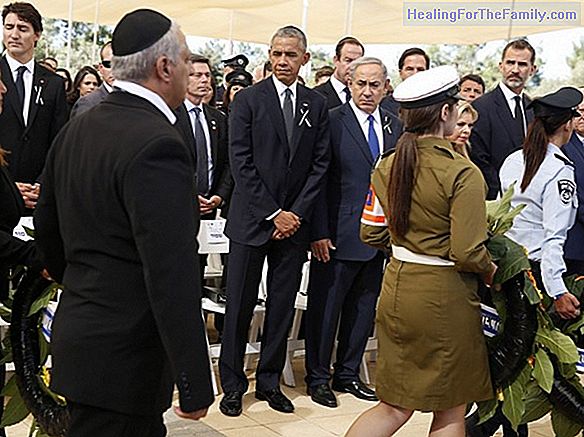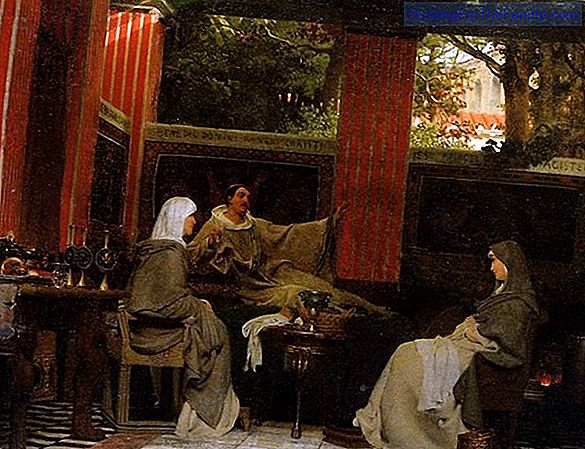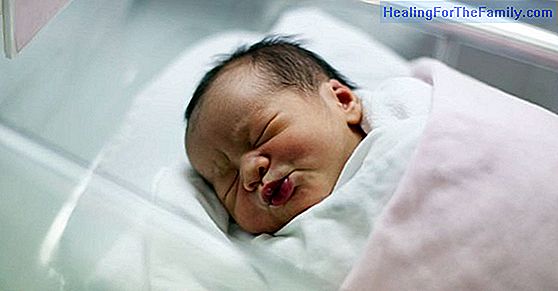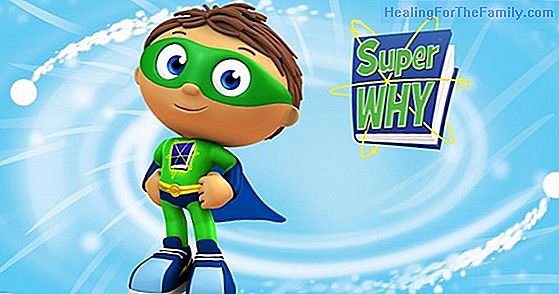How to cure bee or wasp stings in children
Summer arrives, and with it the barbecues, and with them, avis the wasps . It does not fail, they have more appetite for that churruscadita bacon than we do! The fact is that some people pass by, others look at them out of the corner of their eyes, some chase them away with their napkins and, finall
Summer arrives, and with it the barbecues, and with them, avis the wasps . It does not fail, they have more appetite for that churruscadita bacon than we do! The fact is that some people pass by, others look at them out of the corner of their eyes, some chase them away with their napkins and, finally, there is always one who shouts: 'Do not scare her that is going to sting me' she runs off in any direction, seconds later , take the sting.Then the ritual begins: take out the sting! With the fingers! No, with the lips, suck, suck! Ammonia! Who has ammonia? Blow, blow, that hurts less! Uh ... it's getting fatal, we're going to the emergency room right now, that you're allergic anyway and you did not know it. Well, let's try to put some order based on the scientific evidence, moving us a little away from popular culture. Here you have information on
how bees and bees sting and what to do in the event that you bite a child .How bees or bees sting children
Bees and wasps are Hymenoptera, insects with membranous wings. The bees have a serrated or barbed sting that, when it bites, is embedded in the wound next to part of the abdomen, almost instantaneously causing the death of the insect. However, the sting of the wasp is smooth and does not get stuck, so it can sting several consecutive times.
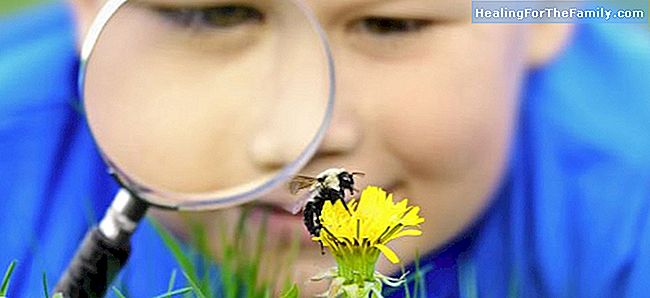
In both cases, a poison containing mediators of inflammation in is inoculated, which are mainly responsible for the associated symptoms (pain and itching). Superinfections due to bacteria and cellulitis are rare, unless an inadequate extraction of the sting is performed.
What to do if a bee or wasp stings my childOkay, what if they sting us? What do we do? Well, the following are the recommended measures:
- Washing the skin with soap and water.
- Extraction of the sting, if any, by means of sterile clamps or scraping, but never by suction or by using the hands. We can boil a clamp to get it free of bacteria before use.
- Calamine or ammonia lotions to reduce local itching, irritate the skin and neutralize the poison.
- Local disinfection, preferably with agents that do not color, for example chlorhexidine.
- Application of local cold, as a physical measure that provides an anti-inflammatory and analgesic effect.
- In case of severe inflammation, you can consult your pediatrician, who in some cases may prescribe
mild potency topical corticosteroids, antihistamines and oral analgesics.
- In case of a history of allergic reactions, or suspected allergic reaction due to respiratory distress or hives, you should go to a pediatric emergency service. How to prevent the stings of wasps and bees in childhood
1. Stay still:
To prevent bites, in general you have to know that wasps and bees,
only bite when they feel threatened, that is why when pose on top of us do not have to try to drive them away or kill them, but stay still or make very slow movements until they leave. Ale 2. Move away after the bite: In addition, wasps can release pheromones after biting, which can attract other members of the colony. Therefore, it is advisable to get away from the accident site as much as possible. 3. Do not walk barefoot:
In swimming pools or fields with flowers, you should avoid walking barefoot and it is recommended to shake the clothes that have been left on the floor before putting it on. No 4. Do not use strong perfumes: Hymenoptera have a predilection for intense colors and smells, so it is not advisable to wear flashy clothes or use perfumes when leaving the field. In the picnic areas or outdoor meals, the garbage cans must be kept well closed.
And if in spite of everything they sting us, then happiness and to take away importance, because unless our dwarves are allergic, it is quite an experience to tell grandparents, parents, brothers and all the friends of the school. A brand of war that will look proud during some days of summer. 'Yes, a wasp stung me here, and I did not cry anything!'


